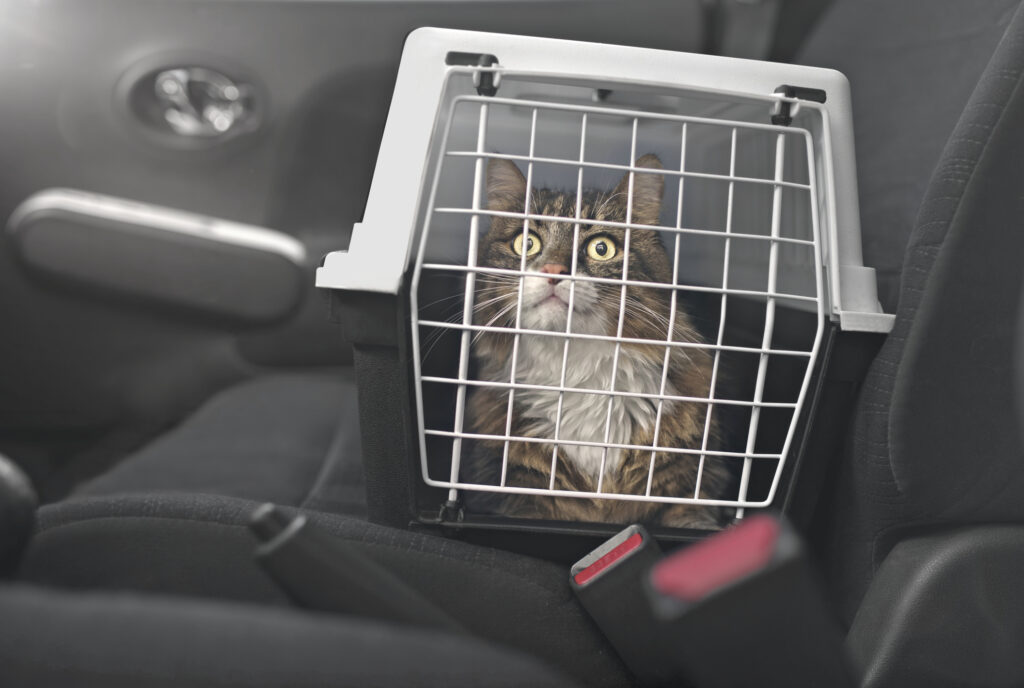Transporting your cat can be a challenge, especially if they’re not fond of carriers. However, with the right approach and some preparation, you can make this process much smoother. Here’s a guide to help you get your cat into a carrier with minimal stress.

Choose the Right Carrier
Selecting the right carrier is crucial. Carriers come in hard plastic or soft-sided versions. For first-time users, hard-sided carriers that open from both the top and the front are ideal. They provide sturdiness and ease of access. Soft-sided carriers, on the other hand, are lighter and more compact, opening from both the top and the side. Regardless of your choice, ensure the carrier is easy to disassemble. This is particularly important for cats that might need extra comfort or if they’re ill.
Familiarize Your Cat with the Carrier
Cats rely heavily on their sense of smell. To make the carrier less intimidating, clean it thoroughly and place a towel that your cat has used inside. This helps your cat associate the carrier with familiar, comforting scents. Placing the carrier in a common area a day before the trip can also help your cat become accustomed to its presence. Cats are naturally curious and may investigate or play with the carrier, making it a part of their environment.
Get Your Cat into the Carrier
If your cat is apprehensive, follow these steps for a smoother transition:
- Prepare the Carrier: Place the carrier in a quiet room, such as a bathroom, with the door open.
- Wrap Your Cat: Use a bath towel or a blanket to gently wrap your cat, ensuring their head is exposed but their body is secure. This prevents sudden movements and keeps them calm.
- Load Your Cat: Carefully place your cat’s tail end into the carrier first. Lower them in gently and quickly secure the door. The towel will help keep them calm and secure during the process.
Final Tips for a Stress-Free Trip
Planning ahead and maintaining a calm demeanor will help make the journey easier for both you and your cat. A relaxed cat is easier to handle, making the trip more pleasant.
Need a Vet for Your New Kitten or Vaccinations?
If you have a new kitten or need to schedule vaccinations, it’s important to consult with a vet. Small Animal House Calls offers convenient in-home veterinary services. You can reach them at 602-931-5869 or visit their website here for more information.
With the right carrier and a bit of preparation, you can make trips to the vet or any other outing a lot less stressful for both you and your feline friend. Happy travels!
